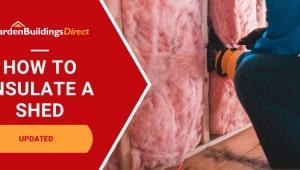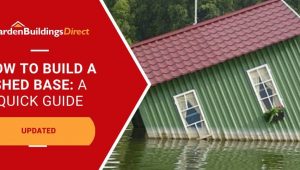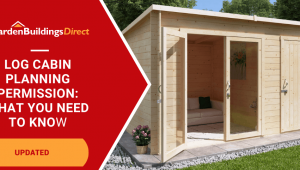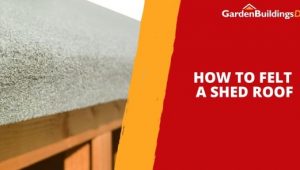Jump to:
If you’re planning to buy a shed for your garden, think twice about installing it on your lawn, at least without following these expert tips. A solid, level surface is essential, no matter where a shed is built.
These techniques also apply to workshop sheds, as well as log cabins and summer houses — especially if you’re planning to add one to your garden and want a sturdy, long-lasting foundation from day one.”
Tips for Putting a Shed on Grass (That Actually Work)
Putting a shed on grass might not seem like a big deal, but doing it the wrong way can cause all sorts of problems. An unstable base, drainage issues, and even structural damage, to name a few. A little prep work goes a long way, including:
Dig out the area
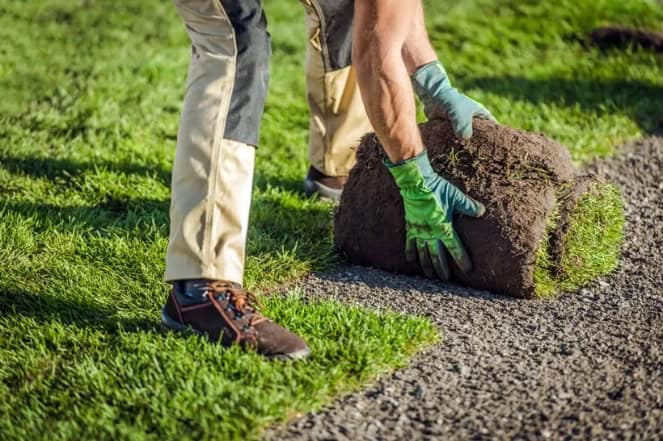
You don’t have to remove the entire lawn, especially if the grass is part of your garden’s landscape. Focus on the area where you plan to put your shed, and from there, remove any grass that might get in the way.
Outline the structure’s footprint using string or stakes so you don’t dig more than necessary. Mow the grass as low as possible, using a lawnmower, a sharp spade if it’s a small area or a turf cutter for larger spaces.
Now, here’s the trick: slice the grass into strips before lifting, then lift or roll in sections. Break up any compacted soil to loosen stubborn roots and any remaining grass.
You’ll want to make sure the area is clear so you can have a firm, level surface. This makes it easier to lay a solid base (more on that later). It also helps prevent moisture from the grass getting trapped—especially if you have a wooden shed.
Choose and build your shed base
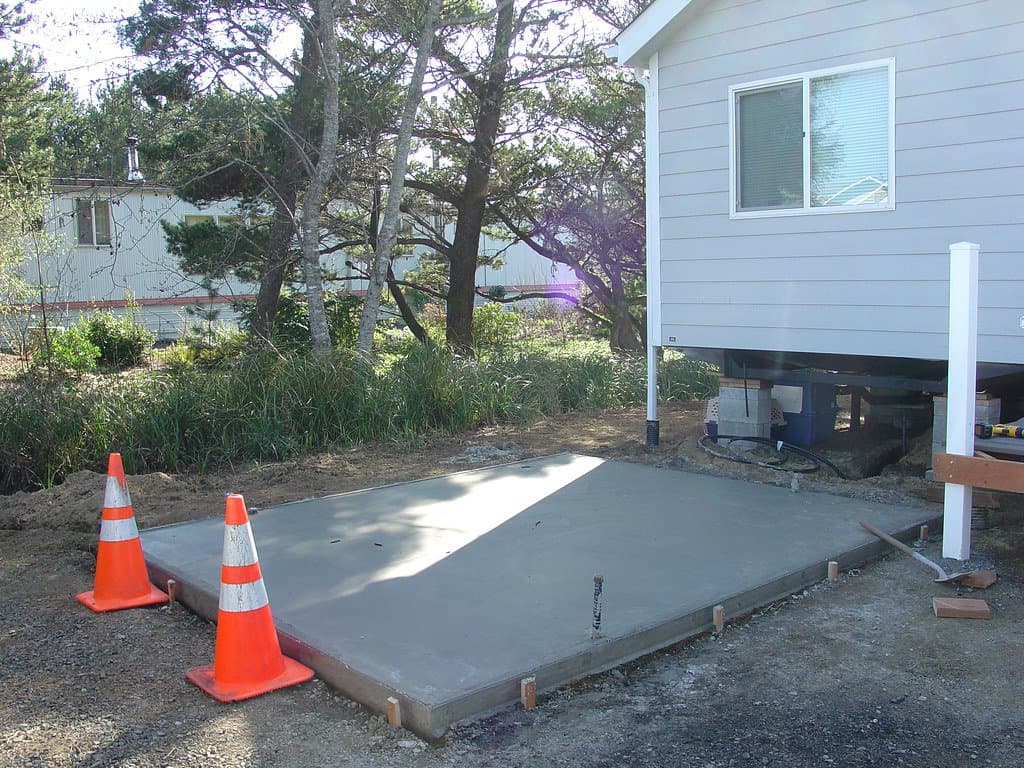
A clear, levelled ground is the golden rule for laying your shed’s foundation, whether it’s a metal shed or a plastic shed—no exceptions. In short, once the grass covering the spot is finally removed, it’s time to make it solid and flat.
When it comes to the base, you’ve got a few options, with the most common being concrete slabs and paving stones.
A concrete slab is a crushed stone material poured directly onto the ground. Once hardened, this layer acts as support between the existing soil and the slab itself.
Paving stones are a mix of gravel, sand, and sometimes finer crushed stones. This mixture is compacted to create a level and stable surface.
You can also use bricks as a shed base as they will keep the structure raised well off the ground beneath. However, you must ensure that the bricks are level to each other, so use a long spirit level to ensure you have each brick coming up to the exact same height. If you need to adjust them, add some thin wood or other material to make up the difference. The ground also needs to be firm enough that one brick won’t sink lower than the others.
Check out our guide, ‘How to Build a Shed Base’, for step-by-step instructions and more tips!
Opt for a quick-fit base kit
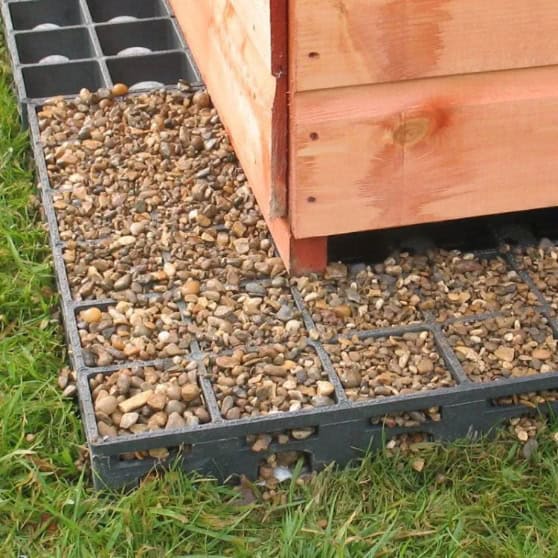
Quick-fit base kits are ready-to-use foundation systems that, once placed on the ground and interlocked, form a solid, level surface for the shed or any garden room to sit on. A great example is the Ecobase Fastfit Foundation Base, which requires no assembly service.
You can easily fit the base grid systems together yourself, lay them out on level ground, and click them together in sections. It comes with a weed-resistant membrane to prevent weeds from growing through the base. Plus, it stops grass from regrowing underneath, which could otherwise disrupt the shed’s stability.
How it works: Fill each grid system with gravel, like pea gravel, that’s at least 10mm in diameter, and you have a solid base. This is a great alternative for a hassle-free, money-conscious foundation.
Round-up
Here’s a quick recap of what you can do when building your shed on grass: first, remove the grass to create a clear, level surface. Next, choose and build your shed base: concrete slabs and paving stones work for any type, including metal and plastic units. Finally, you can opt for a quicker alternative, which is a quick-fit base kit—bonus if it comes with a weed control membrane.
These techniques also apply to workshop sheds (which especially need a sturdy base to support equipment), log cabins, summer houses, and other garden buildings.
Up next on your reading list: Lawnmower Sheds – Guide to Buying a Mower Storage Shed
